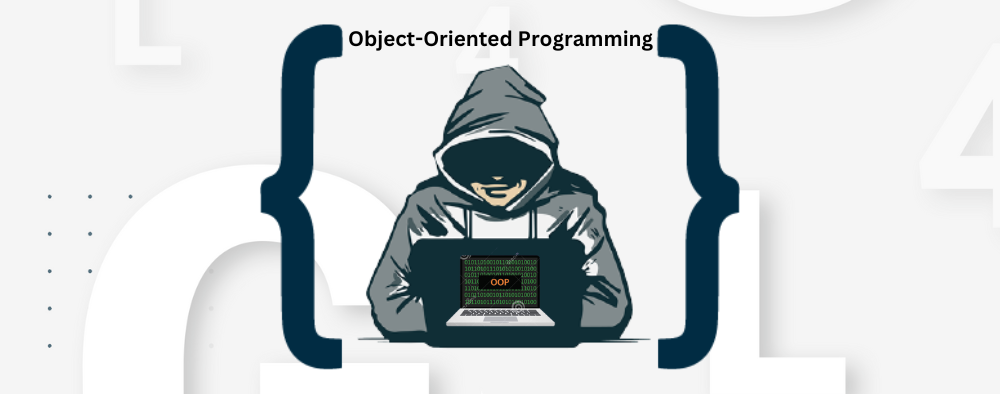
About this course:
Learning Units:
- Unit 1: Object-Oriented Programing
- Unit 2: A Comprehensive Look at Object-Oriented Programing
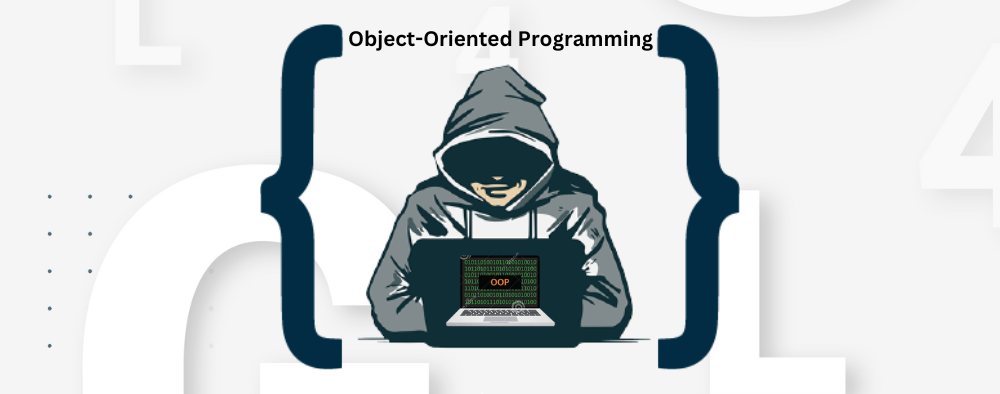
About this course:
This OOP course cover topics such as objects and more, including abstraction, encapsulation and polymorphism as a foundation for learners to learn about the different Object Oriented Programming Languages and how they are each different from and similar to each other.
Learning Units:
- Unit 1: Object-Oriented Concepts
- Unit 2: Classes and Objects
- Unit 3: Class Structures
- Unit 4: Encapsulation
- Unit 5: Inheritance
- Unit 6: Polymorphism
- Unit 7: Associations
- Unit 8: External Event Communication
- Unit 9: Dynamic Binding
- Unit 10: Exceptions
- Unit 11: Interfaces
- Unit 12: Component Integration and Interaction
- Unit 13: Object-Oriented Frameworks
- Unit 14: Templates
- Unit 15: Multi-tier Applications

About this ourse:
This OOAD course is aimed at teaching the learner the basic concepts of designing and analysing for a project as it is an important part of the Software Development Life Cycle. This course will cover Analysis and design of projects using UML (Unified Modeling Language)
Learning units:- Unit 1: Object Orientation Concepts
- Unit 2: Notations
- Unit 3: Use Case Diagrams
- Unit 4: Sequence Diagrams
- Unit 5: Activity Diagrams
- Unit 6: State Chart Diagrams
- Unit 7: Class Diagrams
- Unit 8: Design Axioms
- Unit 9: Collaboration Diagrams
- Unit 10: Access and Presentation Layers
- Unit 11: Access Layer and Subsystem Design
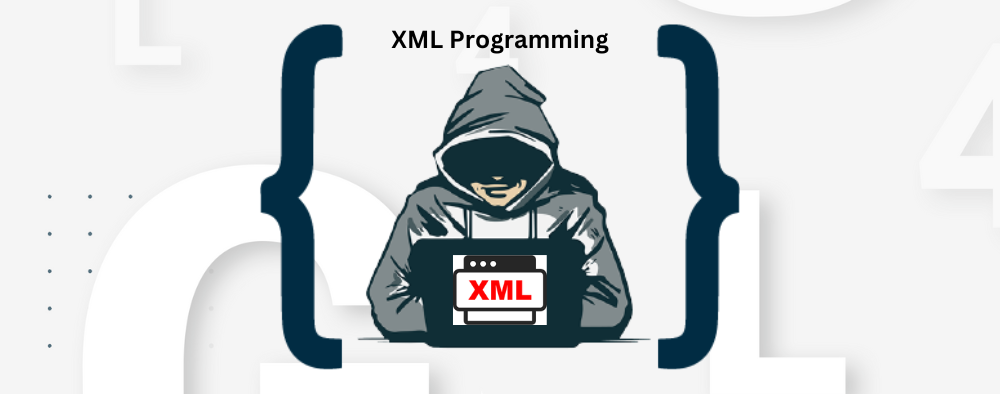
About this course:
This XML 1.0 course will introduce the learner to fundamental XML topics as well as the applications of XML in other applications. Topics such as AJAX, XHTML and DTD will be covered
Learning Units:
- Unit 1: Fundamentals
- Unit 2: Document Type Definition (DTD)
- Unit 3: XML Schema (XSD)
- Unit 4: Extensible stylesheet language (XSL)
- Unit 5: XML Scripting with JavaScript and PHP
- Unit 6: Xpath, Xpointer & Xlink
- Unit 7: Document Object Model (DOM) processing
- Unit 8: Simple API for XML (SAX)
- Unit 9: XQuery
- Unit 10: Java and XML
- Unit 11: Web services with SOAP and REST
- Unit 12: Extensible Hypertext Markup Language (XHTML)
- Unit 13: Ajax (Asynchronous Javascript and XML)

About this course:
This Web Services course is aimed at introducing the learner to web services in order to broaden their development horizons. This course will cover the fundamentals of Web Services and an in-depth look at their applications in the real world.
Learning Units:
Unit 1: Introduction to Web Services
Unit 2: Building Web services with JAX-WS
Unit 3: Building RESTful Web services with JAX-RS
Unit 4: WebService support
Unit 5: Messaging standards and specifications
Unit 6: Discovery, Description and Metadata Specifications
Unit 7: Web Services support
Unit 8: Web Service transports
Unit 9: Web service transaction specifications
Unit 10: Web service reliability specifications
Unit 11: Web Service Management and interoperability specifications
Unit 12: Error Definition & Handling
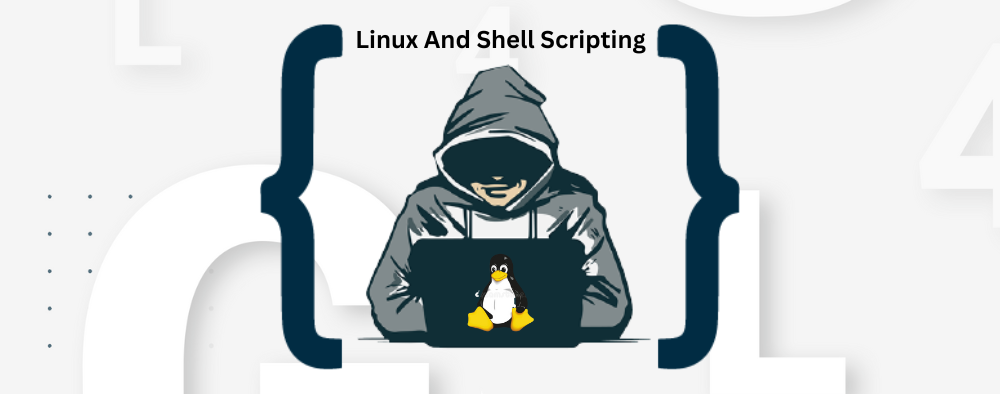
About this course:
Basic Linux and Shell Scripting course introduces the student to the fundamentals of Linux and Shell Scripting. The course provides the student with detailed information which enables the student to efficiently work with the Linux environment.
Learning Units:
- Unit 1: Powershell 3.0 Introduction and Scripting
- Unit 2: Powershell 3.0 Variables, Functions and Objects
- Unit 3: Powershell 3.0 Providers, Items, Remote Scripting
- Unit 4: Powershell 3.0 Profiles, Cmdlets, and Modules
- Unit 5: Bash Scripting and Shell Programming Basics
- Unit 6: Bash Scripting and Shell Programming Statements and Debugging
- Unit 7: Linux: Overview, Tools, and Users
- Unit 8: Linux: System Functions, Scripts, and Partitions
- Unit 9: Linux: Input/Output and Variables
- Unit 10: Linux: Files and Security
- Unit 11: Linux: VIM and Permissions
- Unit 12: Linux Administration
- Unit 13: Linux Hardening and Security: General and Physical
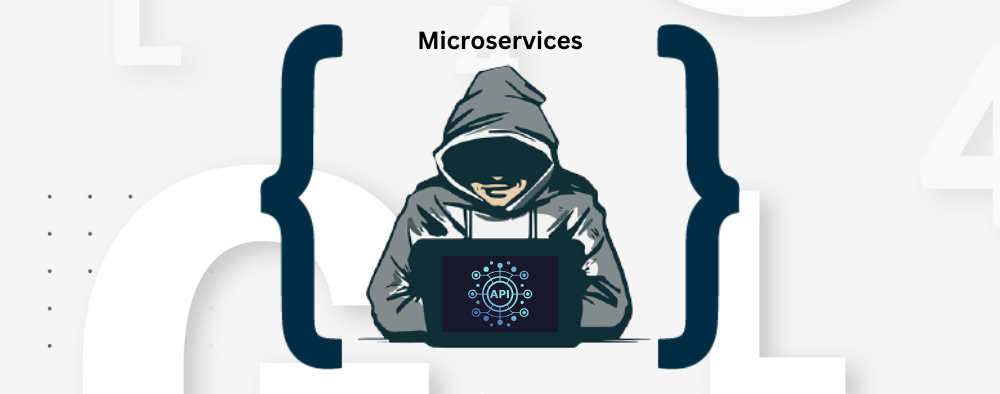
About this course:
This Microservices course is aimed at people who want to look into making programming easier and more efficient for themselves and clients. It covers a variety of aspects such as SOA, Monolithic and Microservices; the architecture and principles, as well fault tolerance.
Learning Units:
Unit 1: Introduction to Microservices
Unit 2: Microservice Principles
Unit 3: Monolithic vs SOA vs Microservices
Unit 4: Microservice Architecture
Unit 5: Microservice Development Frameworks
Unit 6: Microservices API Gateway
Unit 7: Microservice Communications
Unit 8: Data
Unit 9: Fault Tolerance and Monitoring
Unit 10: Microservices and Web APIs
Unit 11: Web APIs